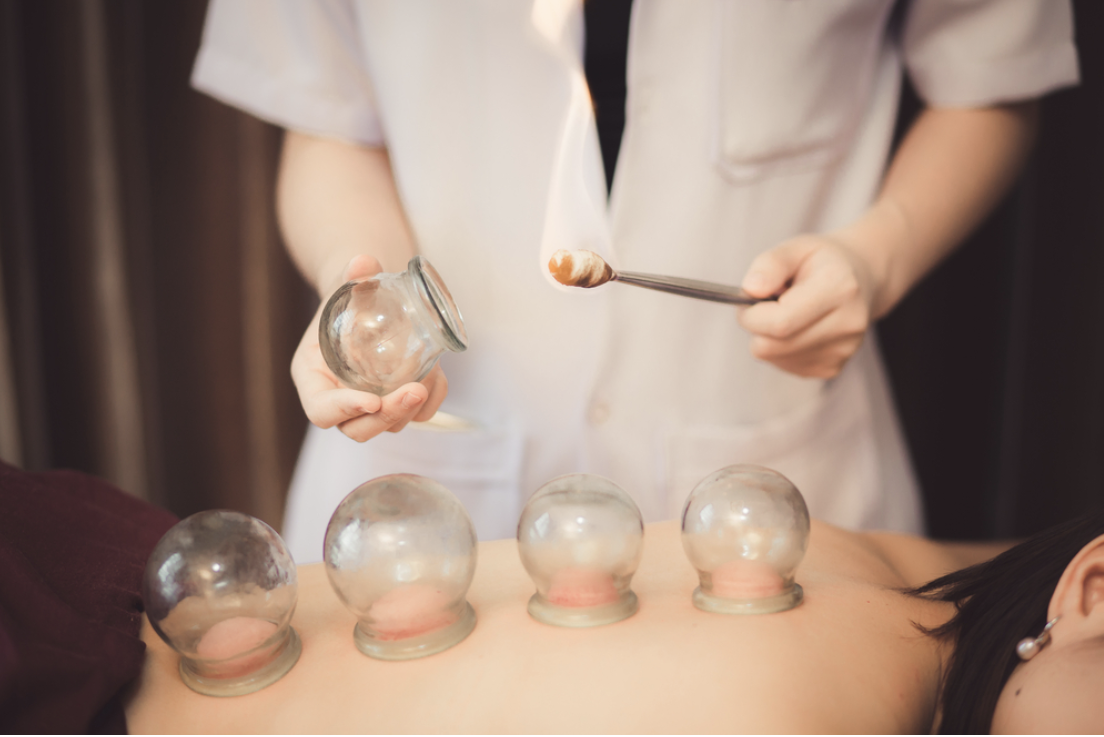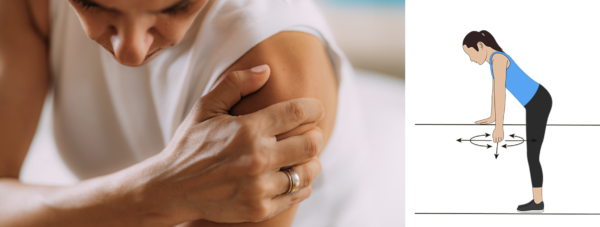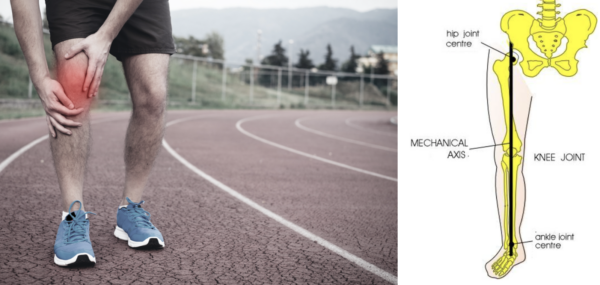You may have seen people, famous athletes, or even celebrities with red circular marks from cupping on their shoulders and backs. A lot of people have questions about the benefits of cupping and wonder what this mark is?
What is Cupping Therapy?
There are two types of cupping: Dry Cupping and Wet Cupping. In dry cupping, the suction cup will place on the skin. In wet cupping, the practitioner will make a small incision on the skin and then apply the suction cup to draw out small amounts of blood. Sometimes we move cups along the muscles, a process called gliding cupping. Cups are typically left on for up to 5-10 minutes, depending on your specific need.
How does it work?
When toxins or cell waste stagnate in the muscles, the body has difficulty disposing of the debris, causing the body to experience discomfort. The stagnation can be caused by several reasons: poor circulation in a localized area, or an injury that never fully healed. When the liver and kidneys cannot process these insults to the system and excrete them correctly, the toxins are put in storage to be handled later, usually housed in the muscular level. The vacuum action of cupping facilitates the release of rigid soft tissues, stimulates the peripheral nervous system, loosens and lifts connective tissue, breaks up, and drains stagnation. It also can increase blood and lymph flow to the skin, muscle, and connective tissue. Cupping draws stagnant blood and other fluids that have fallen out of healthy circulation up to the skin and away from the injury to restore circulation to the affected area. It creates space for oxygen, living cells, and nutrients needed for the healing process.
Benefits of Cupping
Many people know that cupping can ease muscle pain or tightness and giving relaxation to the body. Cupping therapy is also used to treat a broad range of conditions, including: Respiratory infection, Headaches, Cellulite etc.
What is Cupping Mark?
Cupping marks are not cupping bruises. There is a common misconception that the cupping process causes this deep scarlet and purple “bruises” when it is not a bruise. The more coldness and pain someone has, the darker (blue and purple) the marks are. The mark is a meaningful indication that some variety of pathogen(s) has been brought to the surface.
Several different marks can be left on the body after cupping, such as;
- Black, Deep Purple, or Deep Blue: Indicates blood stagnation. It can occur when an injury or illness (including intense coldness inducing blood stasis) has resided in the body for a long time.
- Fresh Red Color: Indicates a recent traumatic injury with accompanying heat
- Light Pink: Healthy blood circulation
- Small Red Dots: Indicates release of heat toxins.
- Pale or White Mark That Fades Quickly (No Mark): Indicates energy (Qi) and blood are depleted
How long do the marks last?
The cupping marks can last between 24hrs to two weeks. If the mark appears to be dark/deep purple/red, it will vanish for a longer duration. If the mark is a light pink color, that can disappear within the day. It also depends on the patient’s physical activity and how much water the patient drinks daily.
Who SHOULD NOT get Cupping?
You shouldn’t get Cupping if you have bleeding disorders like hemophilia and other blood clotting problems. Or if you have an open wound nor skin condition like eczema and psoriasis. Also, not for someone with history of strokes and Seizures (epilepsy).
After Treatment care
Everyone reacts to treatments differently. Some can feel like they can run a marathon after treatment, while others are exhausted, experience nausea and even mild dizziness. The following are a few tips to consider after your treatment; Keep the cupped area covered, Drink plenty of water, Avoid alcohol at least 48 hours afterward, and please take it easy, avoid strenuous activity after the cupping session.



